TV resolution.
Screen resolution has come a long way in the last few years. We witnessed a jump in clarity and color quality when 4K Ultra HD TVs came on the scene. And now 8K Ultra HD is here. Both 4K and 8K are types of Ultra High Definition (also called Ultra HD, or UHD). So, what’s the difference? And, what should you be looking for when it comes to screen resolution? Check out the resolution chart below for a quick guide.
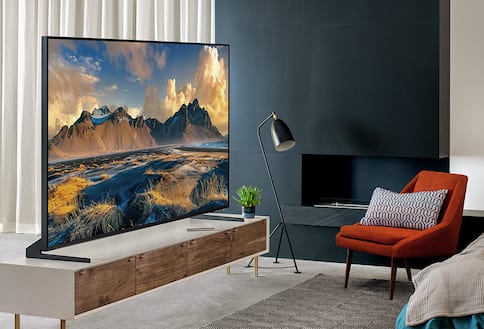
| Resolution | Lines of resolution | Pixels |
|---|---|---|
| High definition (HD) | 720p | 921,600 |
| Full HD | 1080p | 2.1 million |
| 4K UHD | 2160p | 8 million |
| 8K UHD | 4320p | 33 million |
As lines of resolution and the total number of pixels increase, you get a more lifelike picture. 4K TVs boast four times the resolution of Full HD. 8K TVs offer an even larger jump in pixels — 33 million per screen. Another advantage of 4K or 8K UHD is high dynamic range (HDR). This technology applies an even greater range of color and contrast to your images. Most of these advanced TVs also feature upconverting technology which displays any signal at nearly 4K or 8K resolution.
Learn more about 4K TVs Learn more about HDR Learn more about 8K TVs
Which TV size is best?
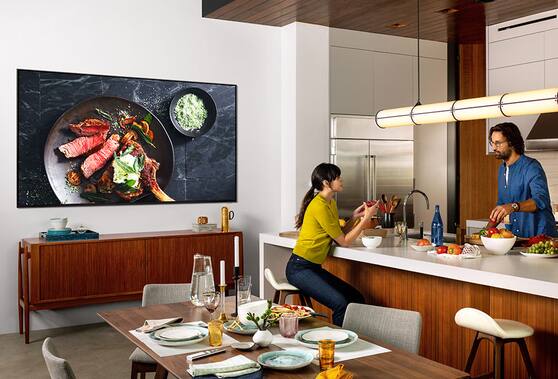
More often than not, we hear customers wish they had chosen a bigger TV, rather than a smaller model. Why? Think about the screen resolutions from the section above. As the level of detail increased with higher resolutions, we gained the ability to put bigger screens in just about any room of the house. We used to sit far enough away from a TV screen so any imperfections in the image wouldn’t be noticeable. That’s not really the case now. With the extreme lifelike picture of a 4K or 8K TV, even if you sit closer, the precise detail makes it an outstanding experience. Being able to choose a bigger screen, regardless of room size, is a main benefit of 4K and 8K technology.
Plus, with the sleek design of modern TVs, larger screens take up much less space than you might think. That’s because the size of the bezel (the outside edge that frames your screen) has become much thinner in recent years, so much so that the dimensions of a new 60″ class TV with a thin bezel are roughly the same as an older 55″ class TV.
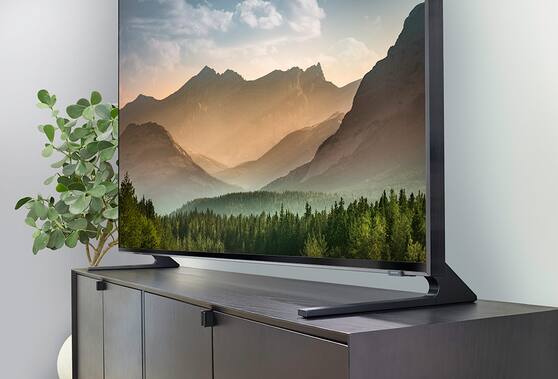
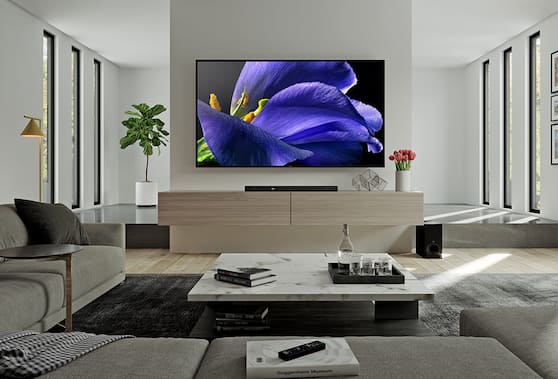
When it comes to screen size, consider the resolution before deciding on a size. If you choose 4K or 8K technology, you can think less about the distance from screen to sofa, and more about the size you’ll need to fill the space. The resolution of those TVs will provide a clear picture, from anywhere in the room.Shop TVs by screen
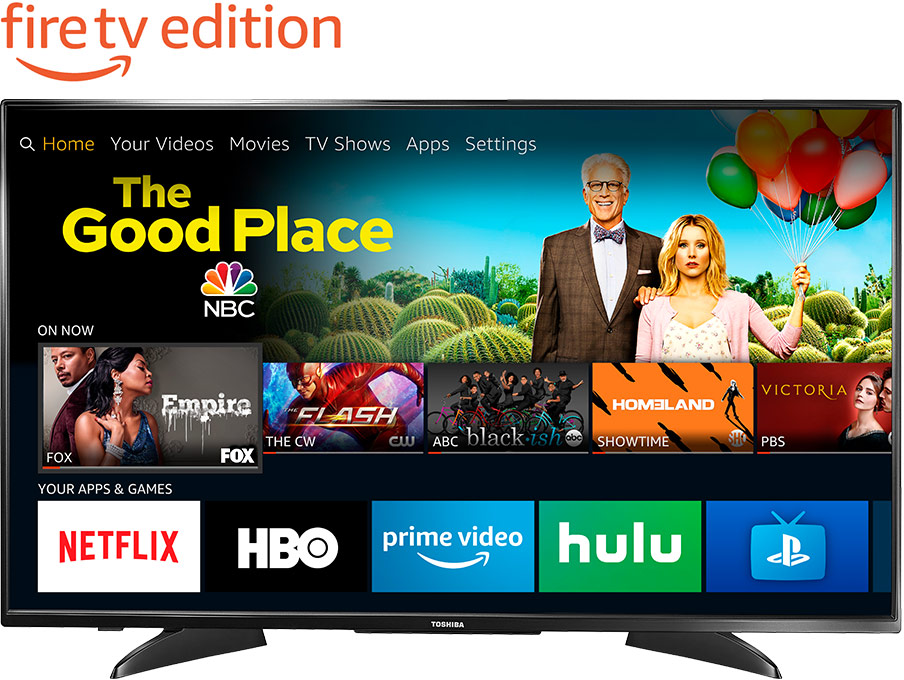
Experience a smarter TV
With the Fire TV experience built in, you can enjoy endless entertainment. Enjoy access to tens of thousands of channels, apps and Alexa skills.
- Live over-the-air TV and streaming content on one screen
- Access more than 500,000 movies and TV episodes
- Voice Remote with Alexa included
- New Alexa skills updated through automatic over-the-air software updates
Shop smart TVs with Fire TV
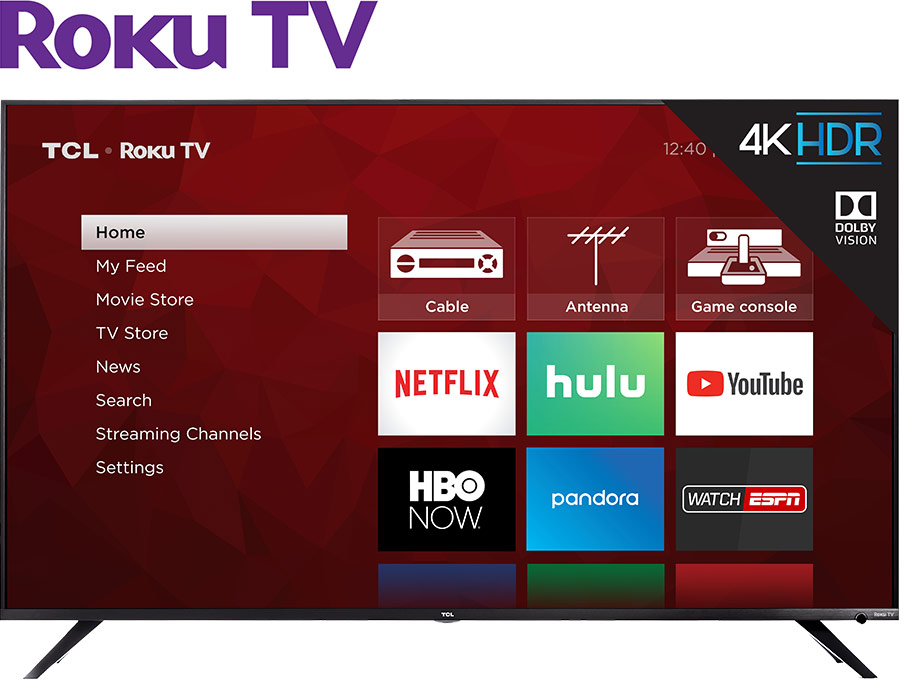
Smart TV made simple
With a simple home screen, easy-to-use remote and automatic software updates, Roku TV is a smart TV that’s simple to use — and easy to love.
- An easy-to-use smart TV experience
- Access more than 500,000 movies and TV episodes
- Enjoy hundreds of hits on The Roku Channel
- Upload the mobile app for more features
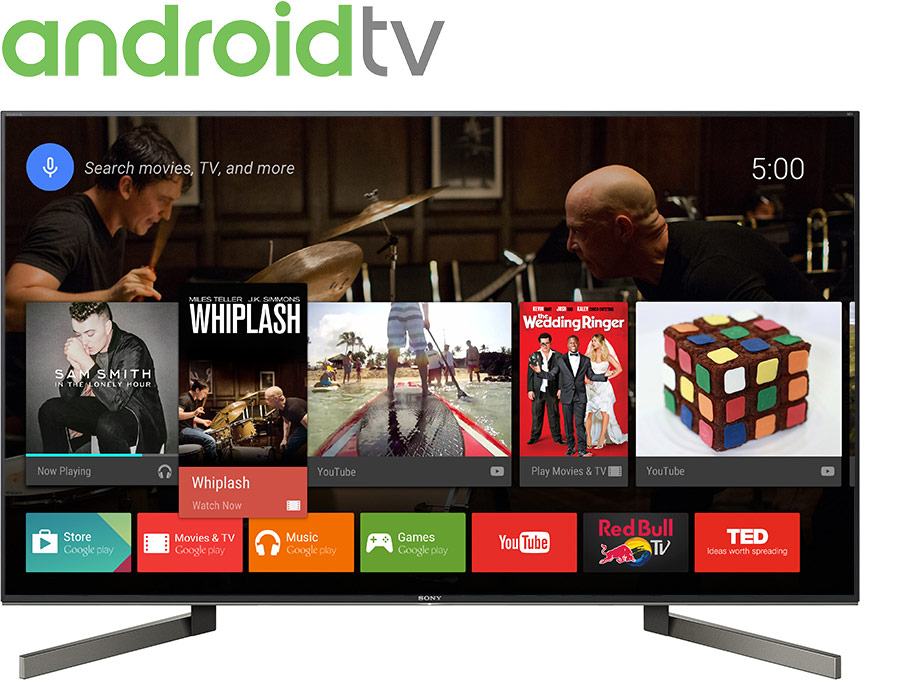
Everything in an instant
Android TV offers easy access to your favorite content. With Google Home and Amazon Alexa compatibility, simply control your TV with your voice.
- Google Home and Amazon Alexa offer voice control
- Google Assistant lets you search from your TV
- Chromecast built-in sends content from your phone to your TV
- Google Play Store delivers all your favorite apps
Shop smart TVs with Android
More smart TV options
Keep in mind that some TV brands offer smart capability through their own unique technology. For example, some LG smart TVs feature the webOS, Samsung has their Smart Hub, and VIZIO TVs let you launch popular apps directly from the screen using the remote. You can always ask a Blue Shirt at any Best Buy store for help finding the perfect smart TV for you.
Internet speed
When you add a smart TV to your home entertainment, keep in mind that your home Wi-Fi network will need to keep up. The more you stream and the more devices you add, the more bandwidth and speed you’ll need. Not sure what you’ll need? Here are a couple of helpful hints:
- You’ll need at least 5 Mbps download speed when using a single device
- Upgrade to 25 Mbps download speed for 4K streaming content
Read more about internet speed
Want to build a stronger Wi-Fi network in your home?Find your Wi-Fi solution
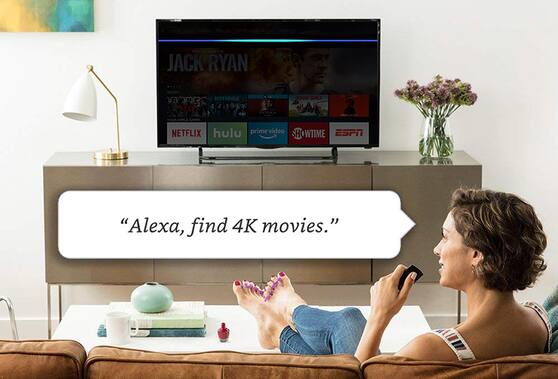
Voice-assistant TVs.
Today’s TVs aren’t just about outstanding resolution and screen size — convenience is a priority. Many TVs now come with voice control functionality built right in. Just ask Google Assistant or Amazon Alexa to find your program, make suggestions, or add entertainment to your list and you’re set.Shop TVs with a built-in voice assistant ›
LED or OLED?
LED and OLED are different technologies that provide the light for your screen. They each have qualities to consider before deciding on a TV.
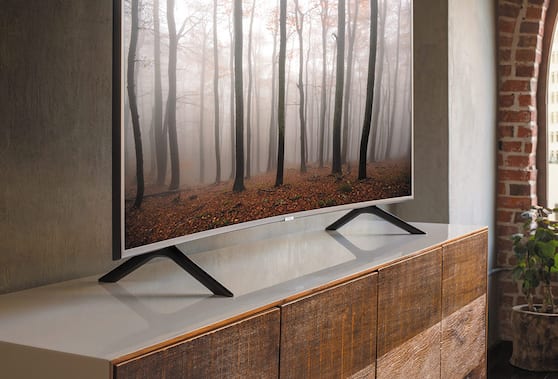
LED TVs
LED (light-emitting diode) TVs are the most popular TV type on the market, delivering excellent overall picture quality. Most LED TVs are edge-lit, which means the lights are located on the edges of the TV. Other LED TVs offer a direct lit design. Here, the lights are placed on the edges of the TV and behind the screen to deliver better light uniformity. Another form of LED lighting is called full array. This technology includes more numerous lights that are placed behind the screen. The benefit here is not only in the brightness of the TV, but also in the ability to dim the screen properly during darker scenes. This is called local dimming, and it can make a big difference in picture quality. LED TVs are a great choice for all lighting conditions, especially well-lit rooms.
OLED TVs
OLED (organic light-emitting diode) TVs offer an entirely different technology to light the screen. With these TVs, a thin film of material emits the light that covers the entire screen. Then, each pixel works independently to light up or darken, depending on the image. The benefits are that OLED screens provide an extremely high degree of color accuracy, great contrast, wide viewing angles and a picture that is virtually blur-free.Learn more about OLED TVs ›
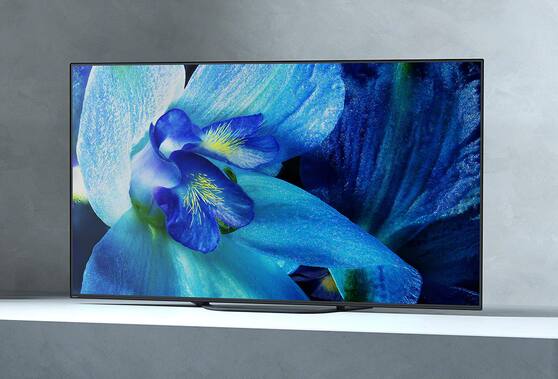

Outdoor TVs.
Whether you have a partially shaded veranda, or a pool area situated in full sunshine, we have the outdoor TV that’s perfect for your location. They’re weatherproof, extremely bright to accommodate any location, and engineered specifically for outdoor use.Learn more about outdoor TVs ›
TV refresh rate.
There are two things to keep in mind when looking at refresh rate. First, look for native refresh rate (the number of Hz you see). This number shows how quickly the lines on your screen refresh to create a smooth picture. Second, check for other proprietary technologies that manufacturers develop to create smooth, seamless pictures. Some examples are Samsung’s Motion Rate technology and LG’s TruMotion feature.
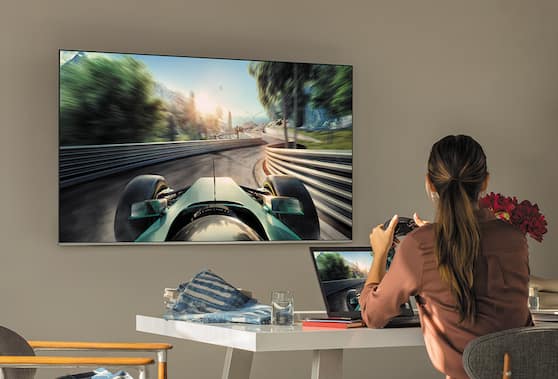
Other technologies to look for.
When you start researching TVs, you’ll begin to see technology that’s specific to each brand. This is especially true when you look at premium TVs. Here are a few of the key features to look for.
Processors
Every TV has a processor that takes the information from your cable box, satellite tuner, the internet or other device and translates it for the screen. As you get into higher-end TVs, the processing capabilities tend to increase. This can allow for a smoother picture, faster downloading of streaming content, and decreased lag.
Design
Style is unique to every manufacturer. But, as you get into larger screens featuring 4K and 8K resolution, you’ll start to notice thinner bezels, sleeker designs and lighter options. You can even find bezel-less designs and TVs that are built to look like a picture frame when not in use.
Picture quality
You’ll see a lot of different terms related to picture quality, based on the brand you’re researching. Samsung’s QLED TVs feature outstanding color and resolution in thin designs, while LG’s NanoCell technology boasts wide viewing angles, a huge color palette and great contrast.
Brightness
There are many ways for TV manufacturers to talk about brightness, but it all comes down to the nits. A nit is a universal measure of brightness. So, no matter what kind of technology has gone into the making of a TV, look for the number of nits. The higher the number, the brighter the screen. This is important if you’re looking for a TV to place in a bright room.
Source: TVs
